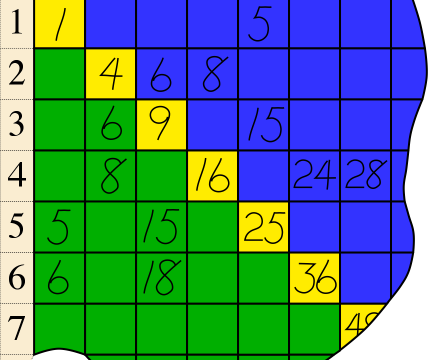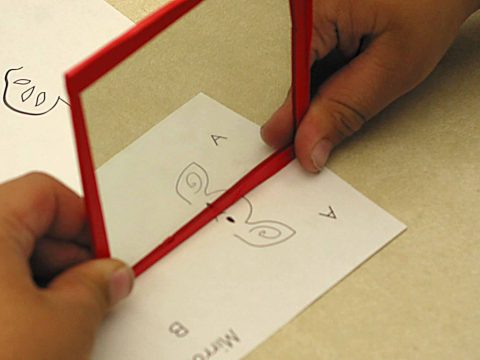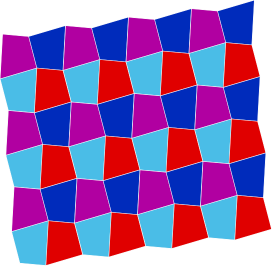Mathematical Language
November 4, 2019
Length, width, height, depth Outside of the mathematics class, context usually guides our choice of vocabulary: the length of a string, the width of a doorway, […]
November 4, 2019
Informally: When you multiply an integer (a “whole” number, positive, negative or zero) times itself, the resulting product is called a square number, or a perfect […]
November 20, 2019
Question: Children (and adults) are often uncertain whether the multiples of, say, 12 are the numbers one can multiply (like 3 and 4) to make 12, […]
November 20, 2019
Although there are many kinds of symmetry, elementary school generally presents only reflective symmetry (or “mirror symmetry”). As a result, school materials tend to use the […]
November 20, 2019
Any counting number, other than 1, can be built by adding two or more smaller counting numbers. But only some counting numbers can be composed by multiplying two or more smaller counting numbers.
November 20, 2019
The terms factor and multiple are sometimes confused with each other. Factors of 15 include 3 and 5; multiples of 15 include 30, 45, 60 (and […]
November 21, 2019
Who-Am-I? puzzles give clues about some mathematical object — usually a number or a shape — and you are to figure out what the object is. […]
November 21, 2019
A quadrilateral is a polygon that has exactly four sides. (This also means that a quadrilateral has exactly four vertices, and exactly four angles.)
November 21, 2019
Reducing ambiguity by agreement In general, nobody wants to be misunderstood. In mathematics, it is so important that readers understand expressions exactly the way the writer […]
November 21, 2019
A trapezoid is a quadrilateral with at least one pair of parallel sides. No other features matter. (In English-speaking countries outside of North America, the equivalent term is trapezium.)
November 21, 2019
How to build mathematical vocabulary: Understand it well yourself (see glossary), and use it naturally (and correctly) in communication when you need it, in a rich enough context so that students can “figure out” the meaning from context, just as you might expect them to figure out the meaning of a new word that occurs in the middle of a story.
December 3, 2019
"Circle" is a familiar word to most children very early, but with little more than an informal sense of "round." We sit "in a circle" without much thinking about how round it is, and without picturing the geometrical object associated with the word.
December 3, 2019
The word dimension is related to the word measure. It is used in two ways in geometry. It is used to specify a measurement: “What are […]
December 3, 2019
Meaning: an angle that matches the corner of a (rectangular) piece of paper, or the angle at the base of a capital L or the top of a capital T.
January 9, 2020
Children are extraordinary linguists! They acquire half their adult vocabulary and nearly all their adult grammar by the time they are 5 years old, mostly informally […]
January 9, 2020
The term equiangular indicates that, in some figures, the angles are equal. It can be used to describe polygons, such as an equiangular pentagon.



